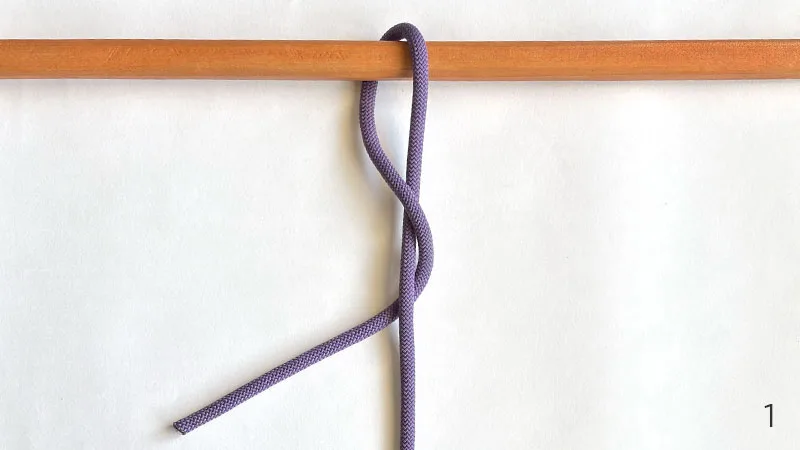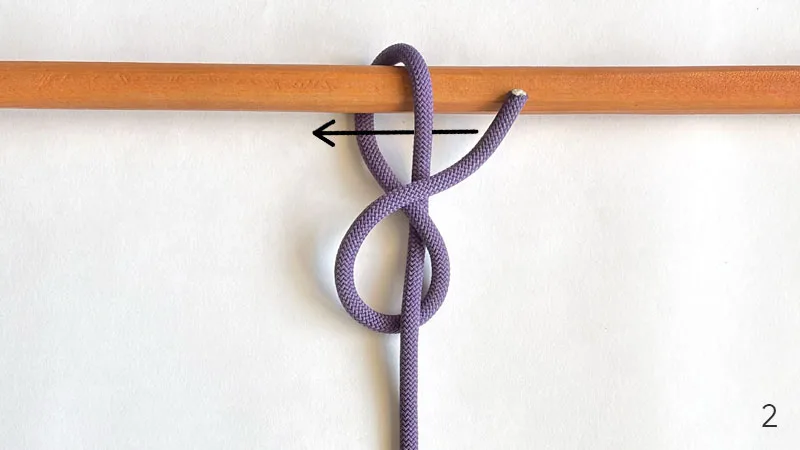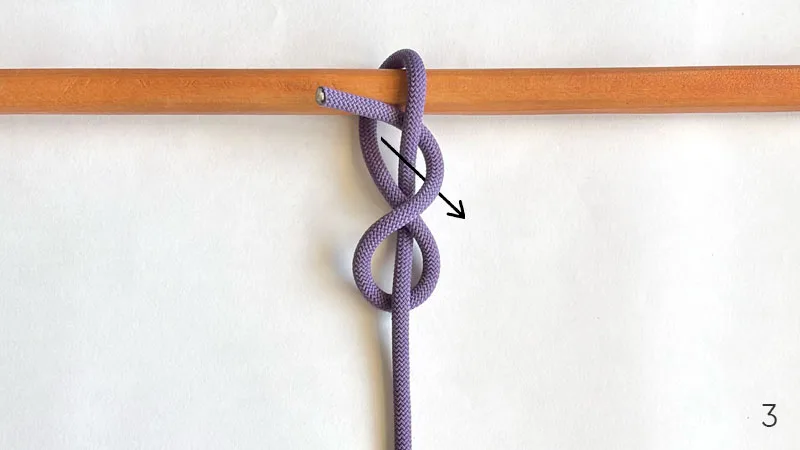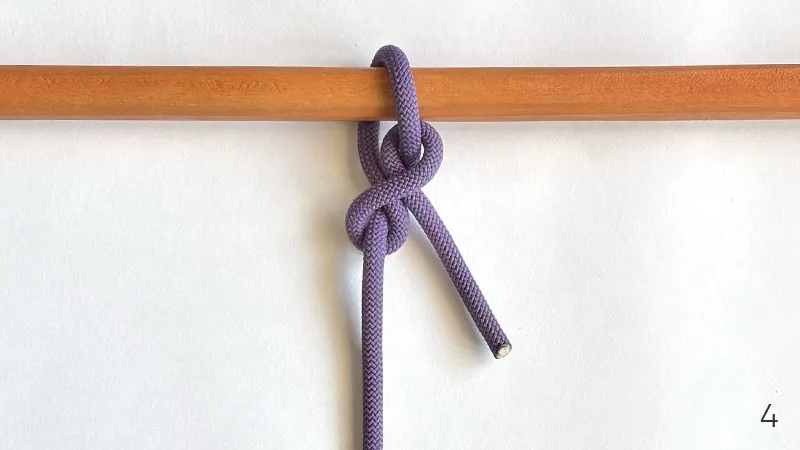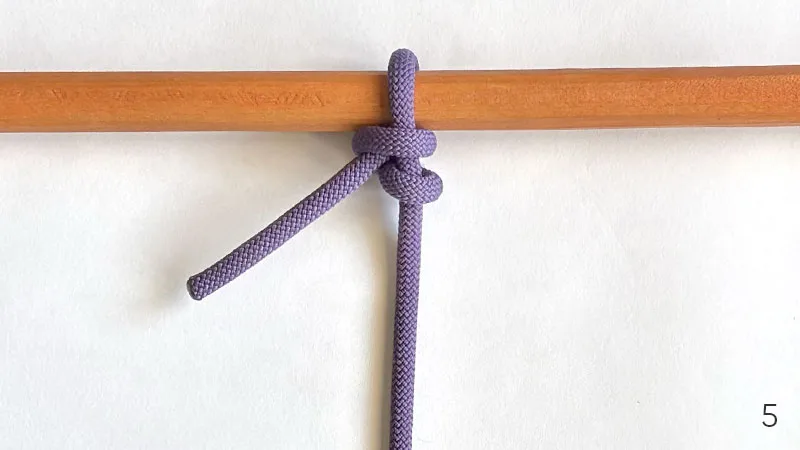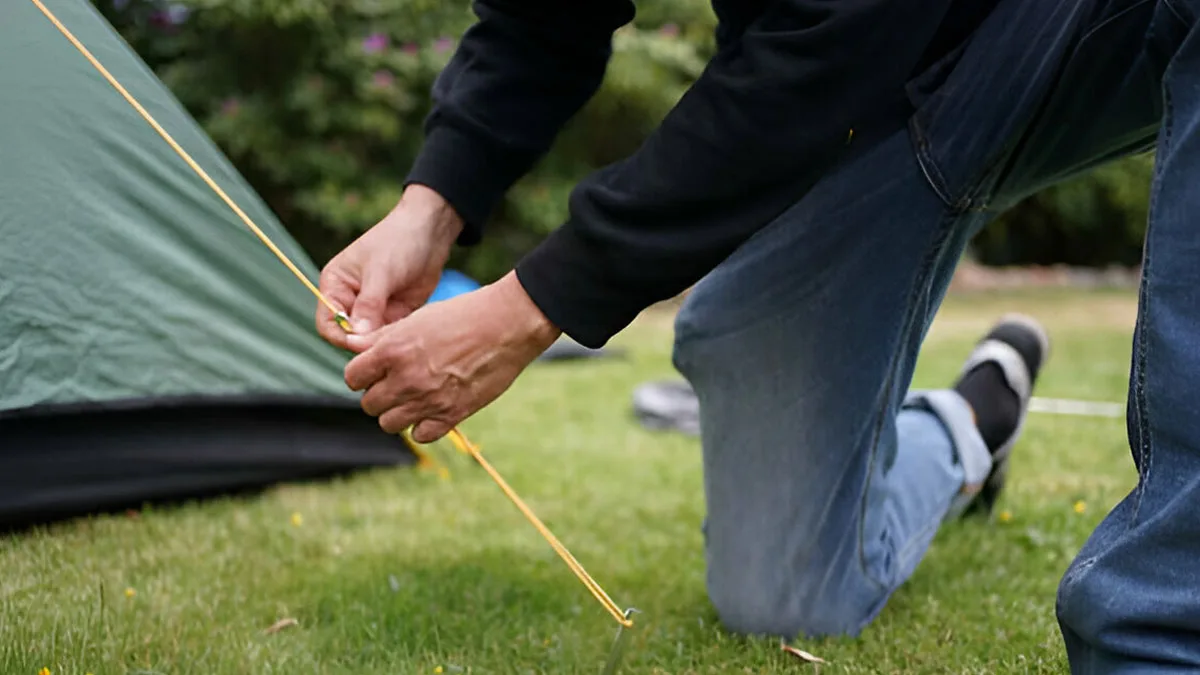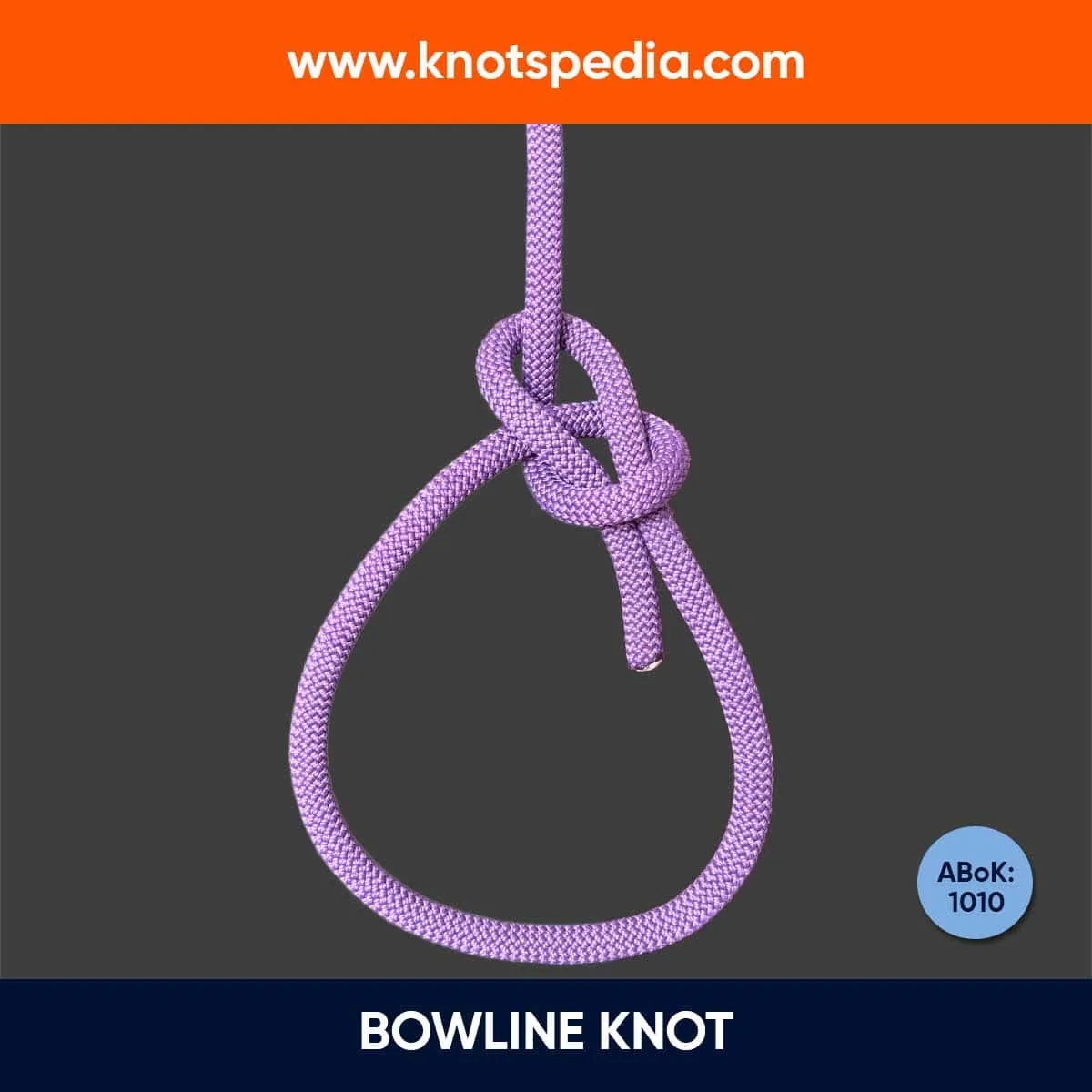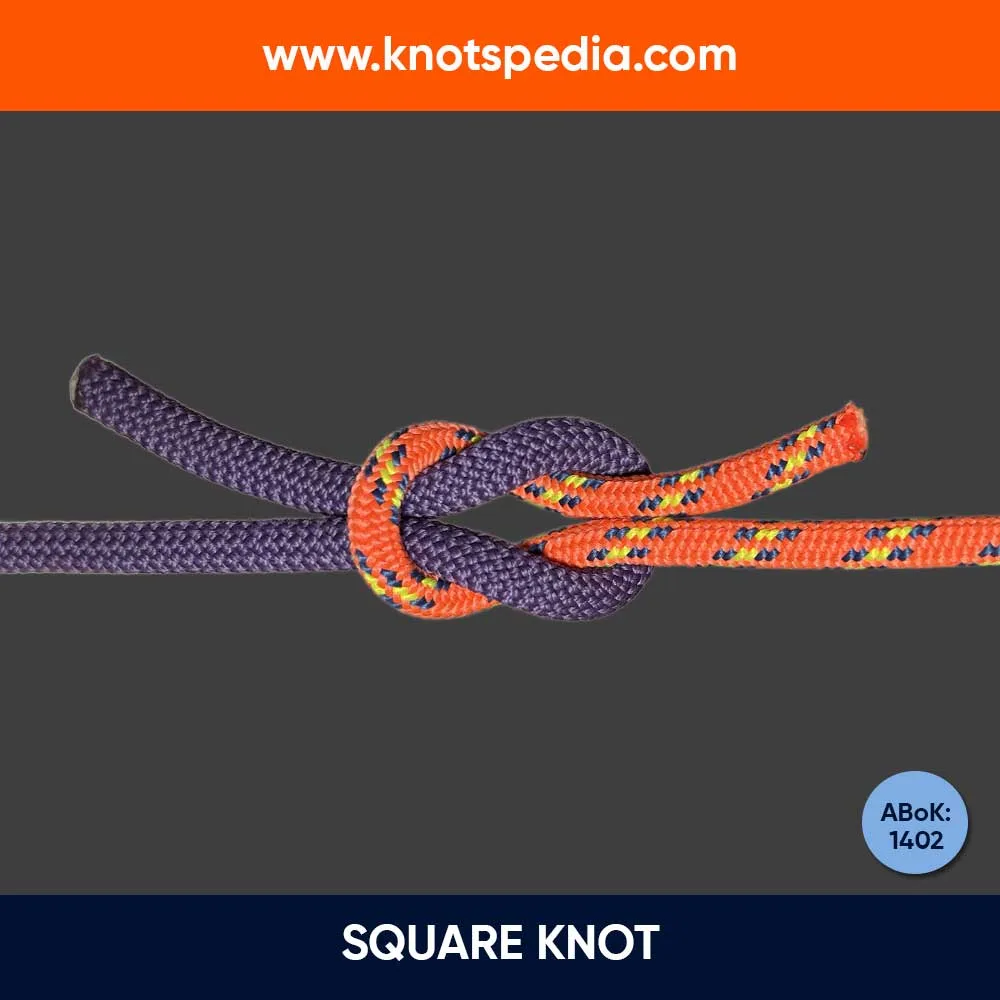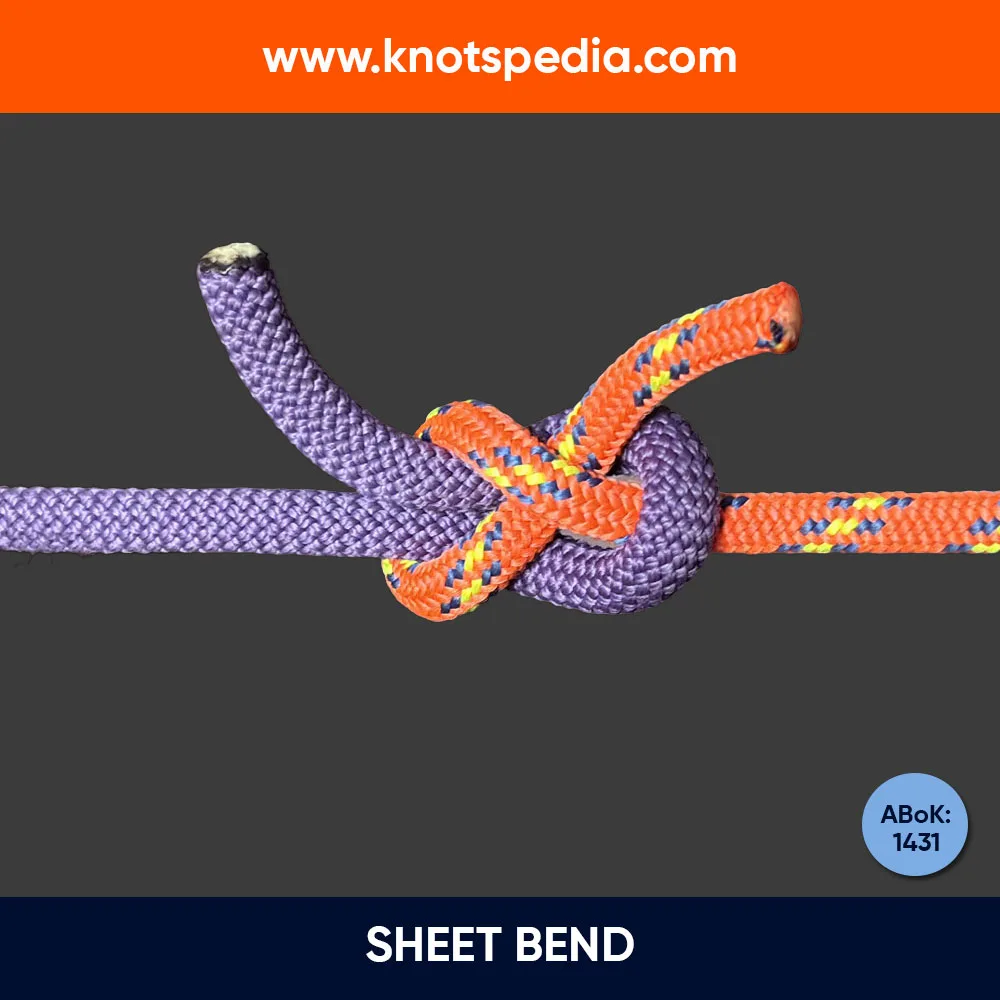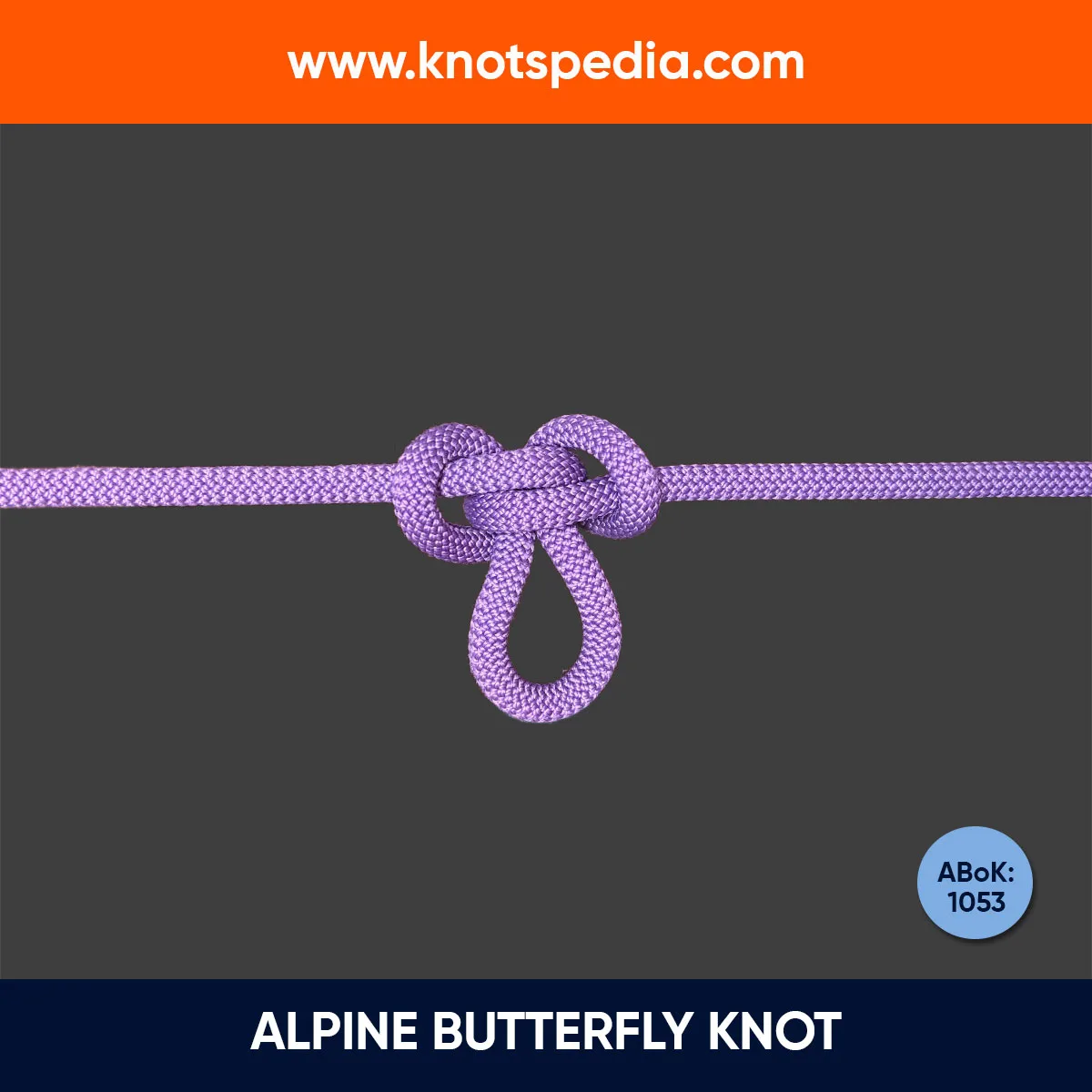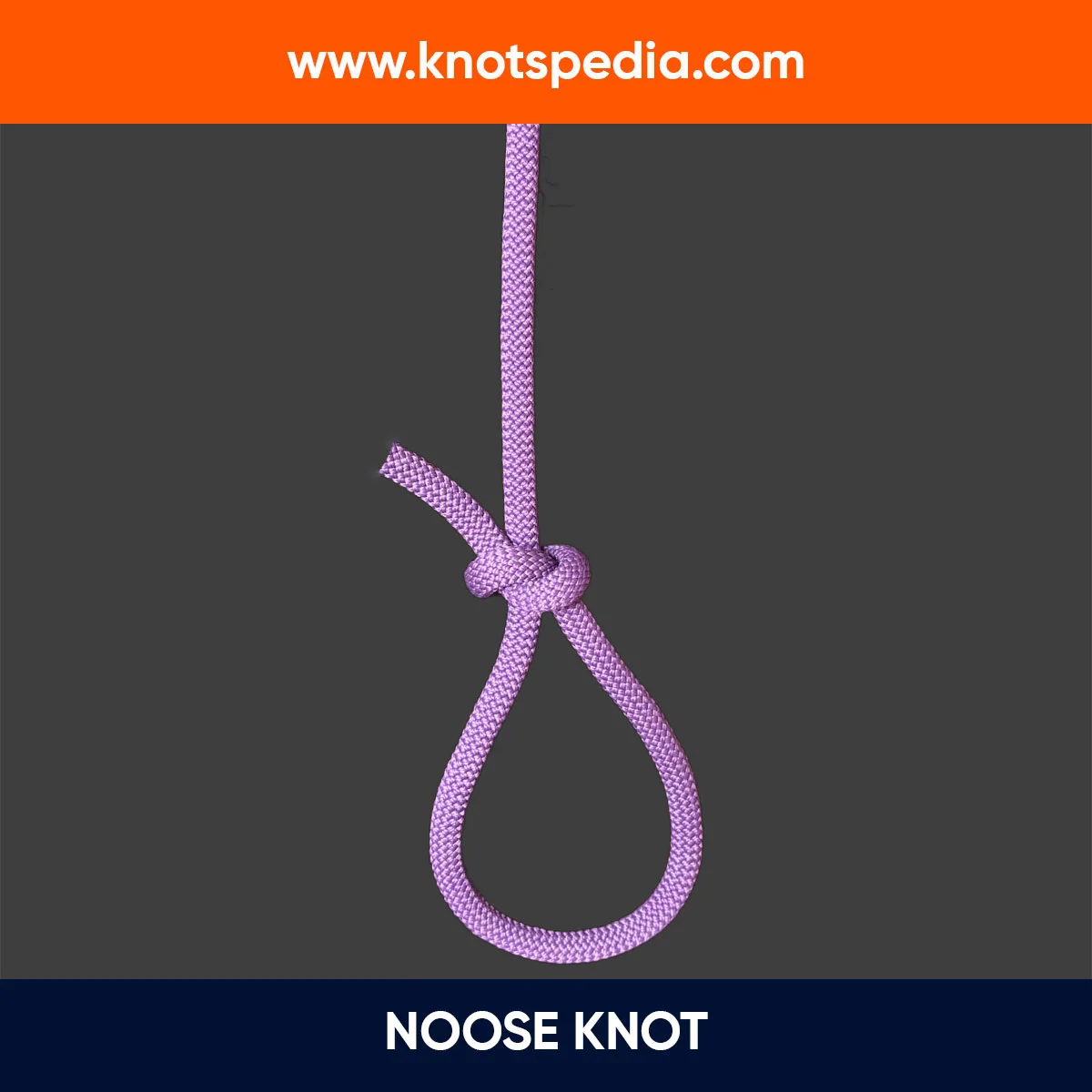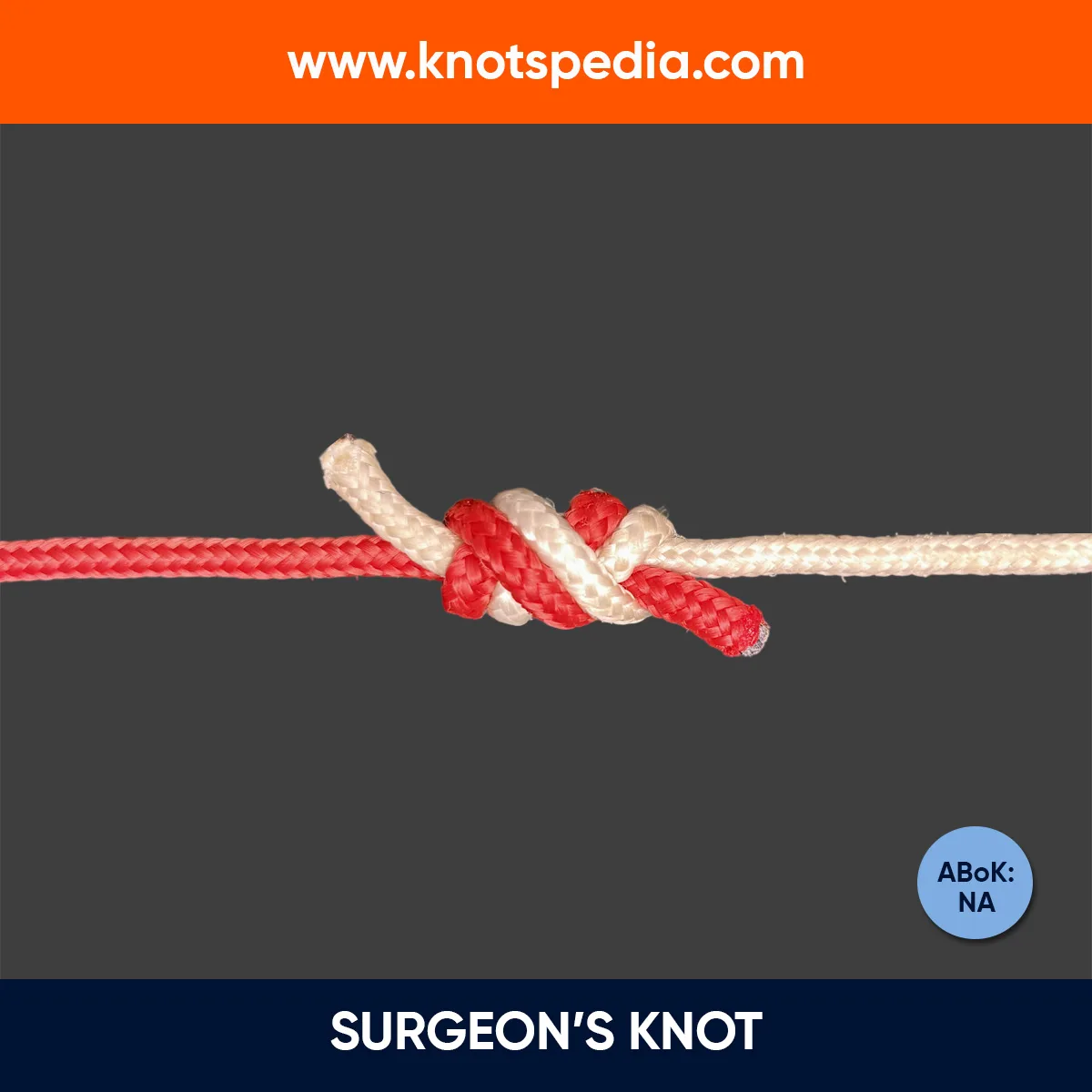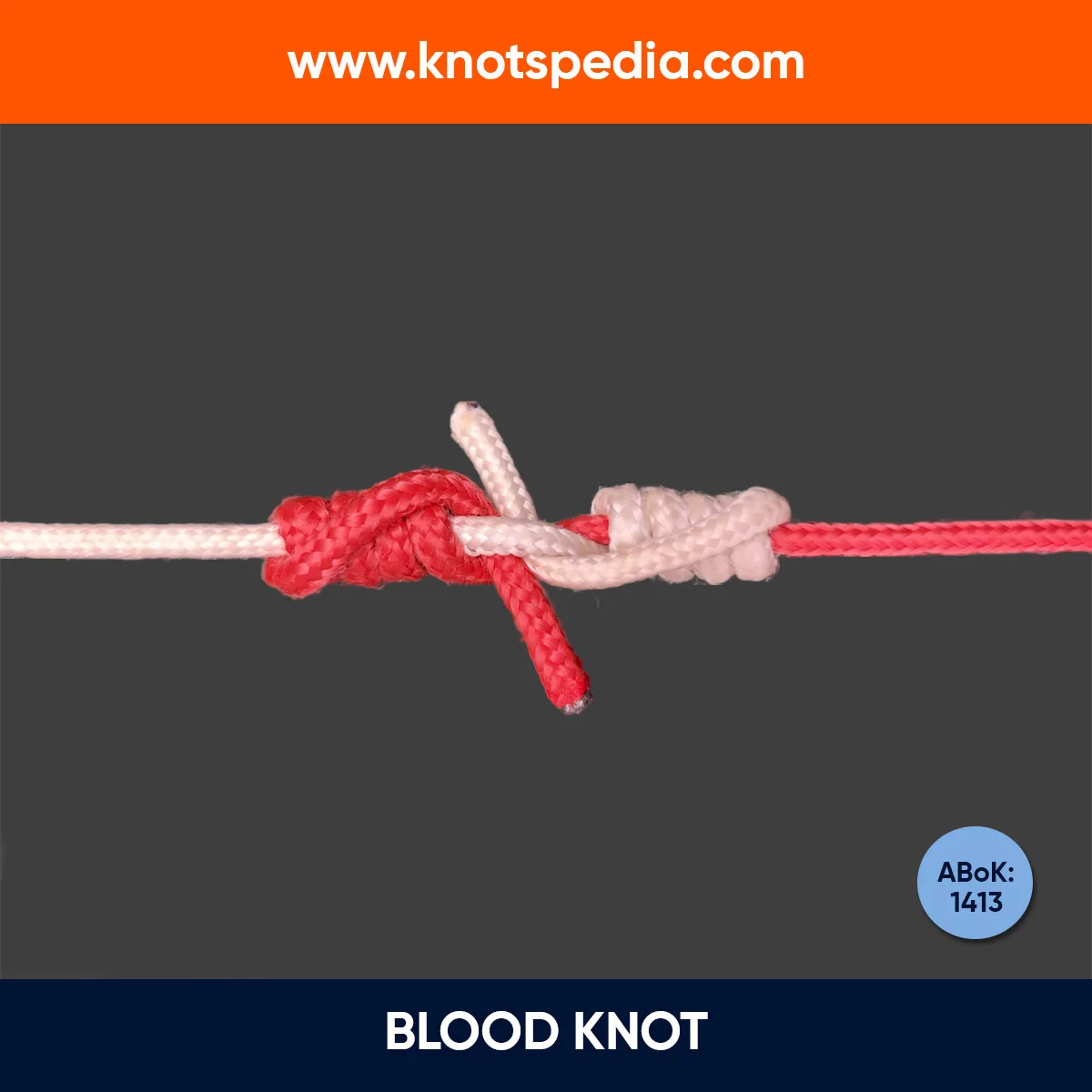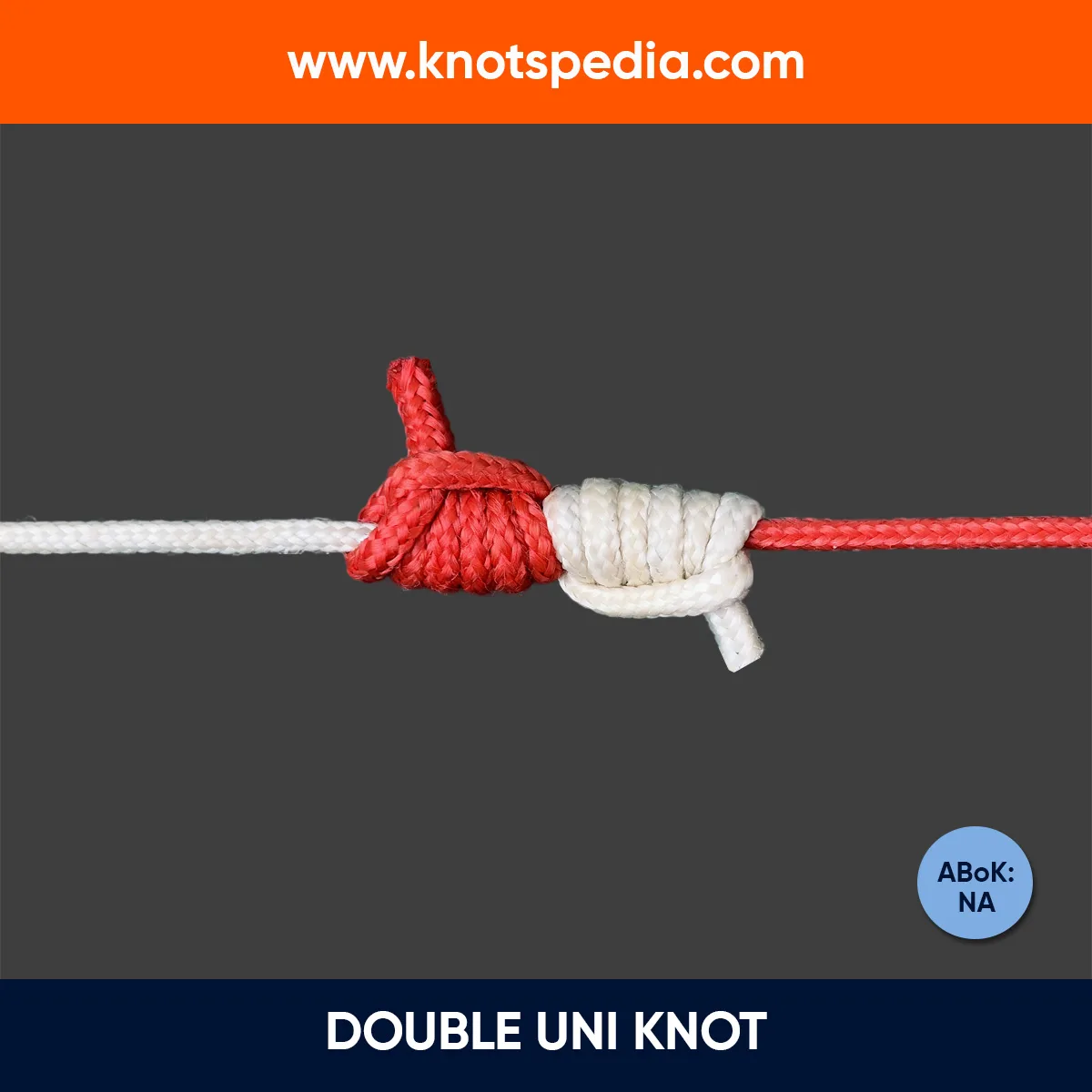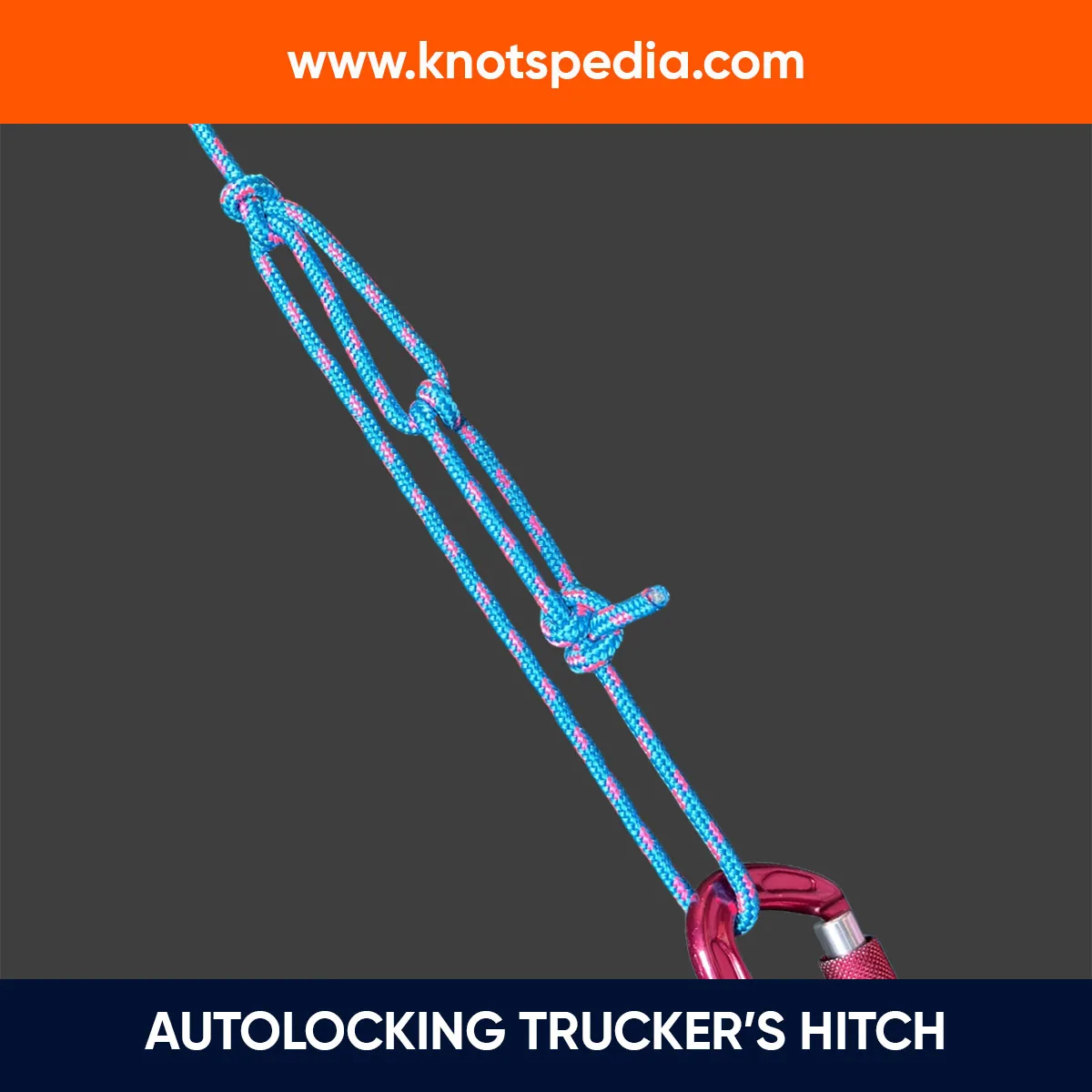The Buntline Hitch is used to secure rope to an object.
It’s compact in size and self-tightens when a load is applied, but tends to jam when loaded heavily.
It’s tied by passing the rope around the object and making a Clove Hitch around the standing end with the turns advancing toward the object.
Let’s check it in detail.
Buntline Hitch Details
Type: Hitch
Other Names: Inside Clove Hitch
ABoK Reference: #55, #1229, #1711, #1847, #1918
How to Tie a Buntline Hitch
- Pass the rope around the object and go around the standing end
- Make the 8 shape
- Pass the working end through the loop
- Tie a Half Hitch knot
- Tighten the knot.
If you want extra security, add a round turn around the object before tying the hitch. It’s listed as ABoK #1838.
Buntline Hitch Step by Step
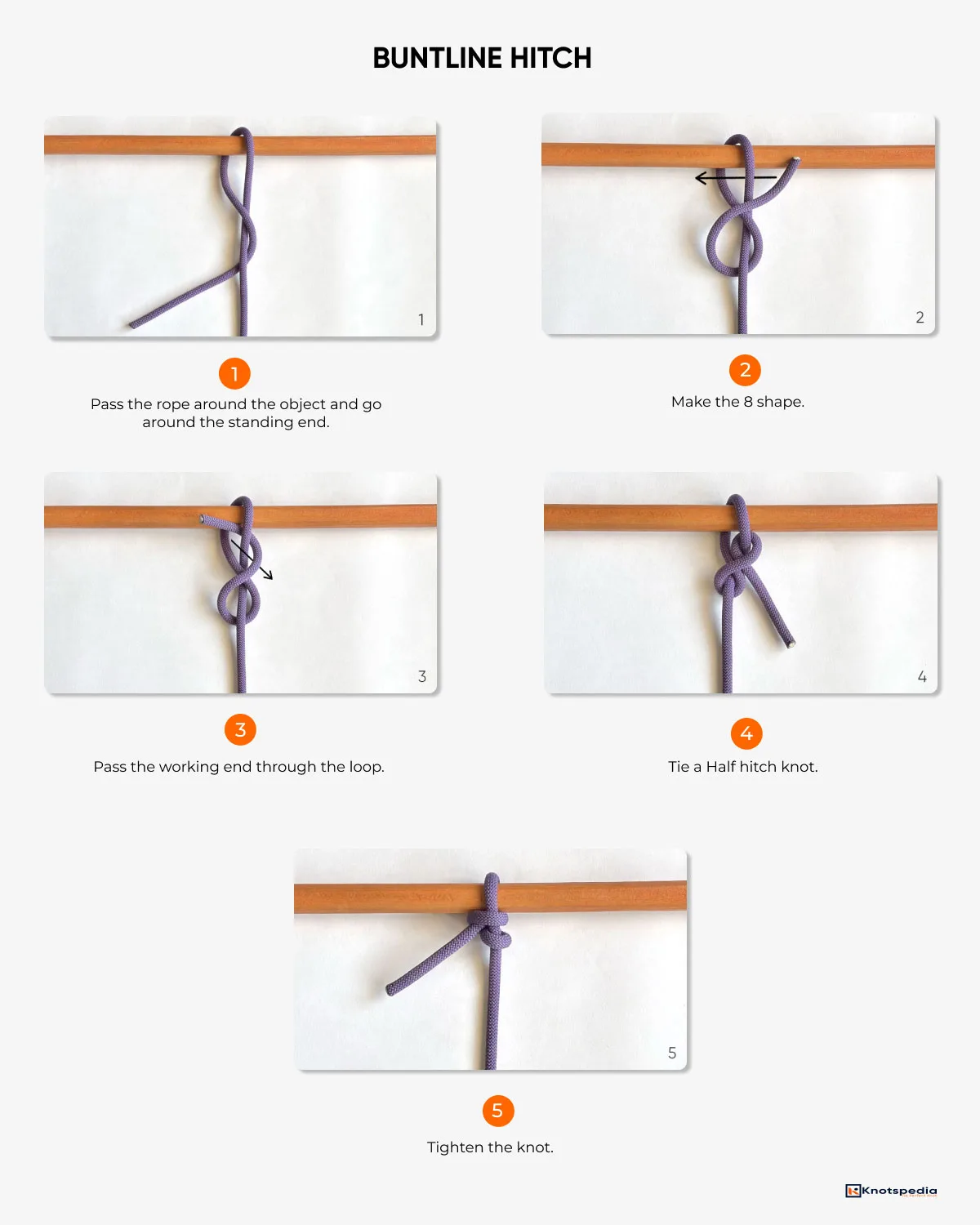
Pros & Cons
- Strong and secure knot.
- Compact size allows for the foot of the sails to be drawn close to the buntline deadeyes or to attach a halyard to the shackle.
- Jam and difficult to untie (perhaps an advantage when used to secure the buntline).
Applications and Uses
- Join buntlines to the bottom of the square sails on a square-rigged ship. It’s secure enough to withstand the flogging of loose sails, and the repeated jerking tends to tighten it further.
- Attach a halyard to a shackle or a sail.
- Secure lines to rings, posts, and railings when you need a compact secure knot.
- Used to tie Neckties, called a Four-in-Hand knot (ABoK #2408).
Slipped Buntline Hitch
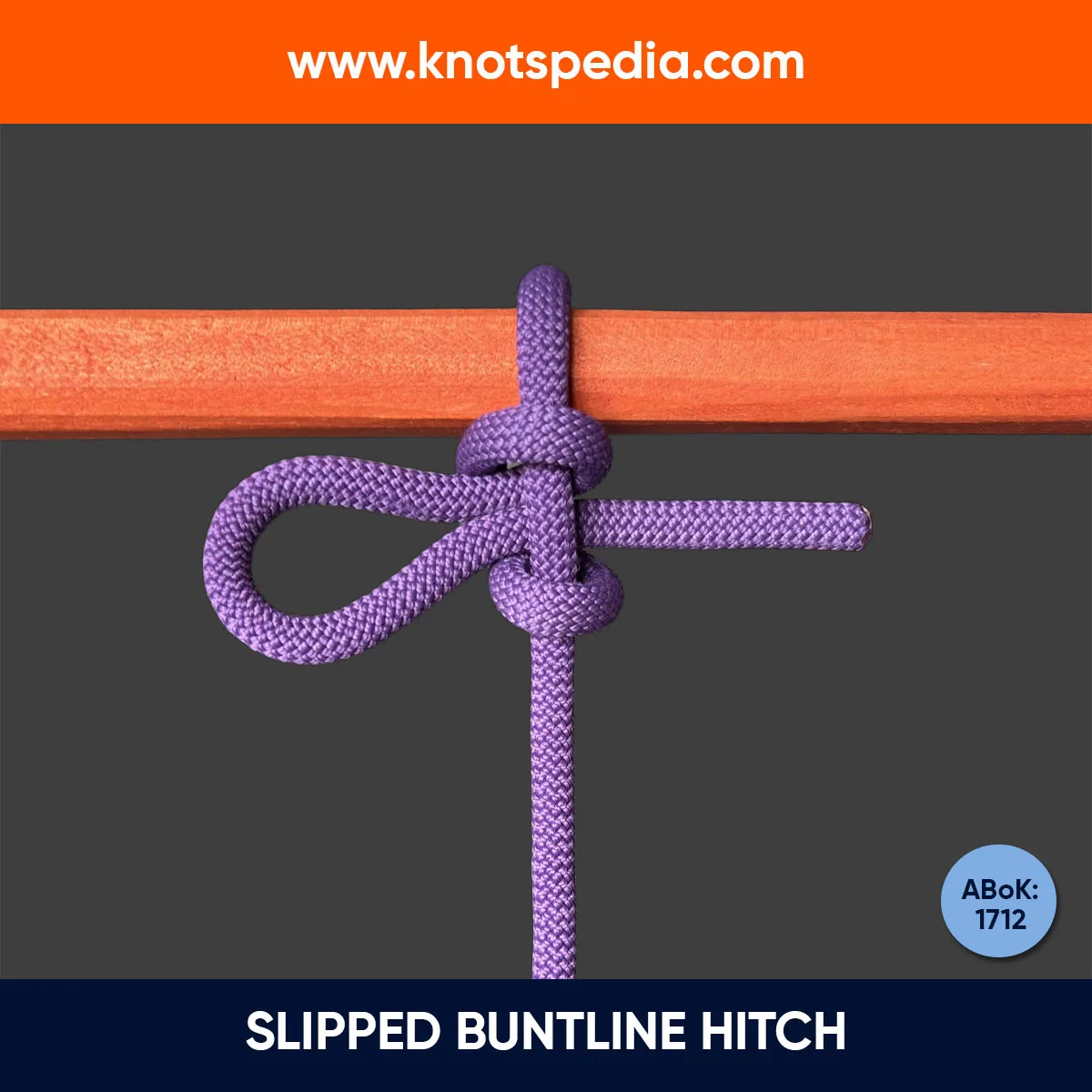
If you want something that is easier to untie, try the Slipped Buntline hitch.
It is tied by passing the bight through the loop on the last step instead of the bitter end.
To untie, just pull the bitter end on the withdraw loop and the knot falls apart.
It should be used for temporary setups only.
How Does it Compare to Other Hitches
Two Half Hitches
At first glance, the Buntline hitch might look similar to the Two Half Hitches.
Both forms Clove Hitch around the standing line of the rope.
Here’s the thing: On the Two Half Hitches, the second Half Hitch goes inside. On the Buntline Hitch, it’s tied outside.
The Result?
The Two Half Hitches is less secure under load, but it’s easier to untie.
Estar Hitch
The Buntline Hitch works well with the traditional natural rope, but does not grip well when used with modern slippery synthetic ropes like Dyneema.
The Estar Hitch was developed for this exact purpose.
It’s tied like the regular Buntline Hitch, but not tightened. You pass the tag end around the object and back through the knot to the standing end of the rope.
This extra loop around the object keeps everything in place.
Gnat Hitch
Gnat Hitch is a new knot in the knotting community, with people still unaware if the knot exists.
It’s easier to tie and does the job just as well.
Share this Article!
